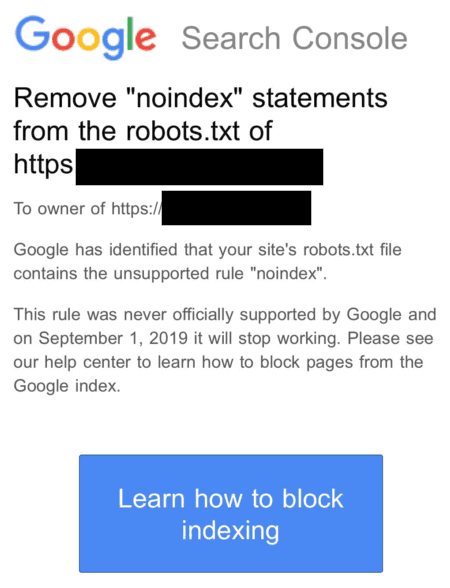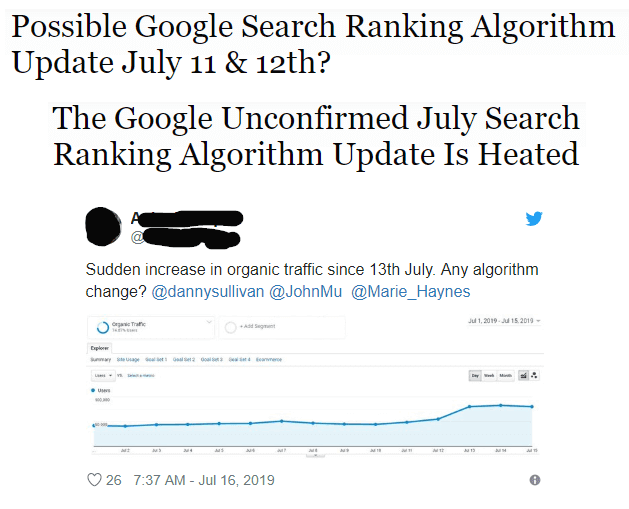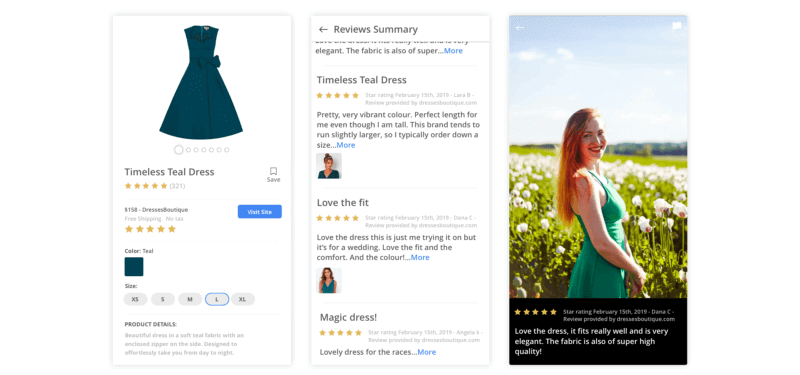We were really excited to have the opportunity to pitch our ideas to Tomy for their KiiPix™ digital strategy. We were even more excited when they picked us to work with them and we instantly got to work, mapping out our proposed activity for the year ahead.
KiiPix™ is a portable digital printer that produces instant photos from any smartphone, either from your camera roll or Instagram. It’s easy to use and great for sharing memories or making gifts.
Although KiiPix™ was successful when it launched last year, the team at Tomy decided that they needed support in order to keep that momentum going throughout 2019.
Initially the client asked us to plan out activity and budget for their two peak seasons: Summer – a popular festival season and time for holidays, and Christmas – a season where people need gift ideas for friends and family.
As an agency, we wanted to give the client longevity throughout the year and beyond. Therefore, we spent time learning about the brand and offering other interesting insight and audience suggestions to help deliver the brand to a wider range of customers. We gave examples to bring these ideas to life and enable the client to see the potential scope for KiiPix™.
Because we’re a Google Premier partner we talked to the client about offering programmatic and paid search capabilities, in addition to the social and organic strategies we initially presented. We’ve demonstrated this by utilising their existing content to create targeted YouTube activity, since we began our work with them in June. We’ve also been able to offer them strategy planning for paid social, paid social set-up and optimisation.
Being an independent agency means we can be reactive and agile in our approach. By testing creative and audience engagement through A/B activity, our activity is more responsive in nature and, ultimately drives more people towards the brand who will want to buy the product.
Our in-house Content team manages all social media creative and stories for KiiPix™ putting copy and images together to create awareness of any offers and to maximise engagement, as well as to drive followers to the UK account.
Speaking of the new partnership, Jorge Augusto, UK Senior Brand Manager, said: “We have a big challenge with KiiPix™ for year 2. KiiPix™ is a great brand, a great concept and a strong digital strategy is needed because of our target. 3 agencies presented their plans, including Fusion. After internal discussions, we all made our choice to go with Fusion. The main reasons were the easiness to communicate, the know-how demonstrated in the proposals/different meetings and the great ideas shared from the beginning. We are confident we’ll achieve our goals working very closely with Fusion.”
We look forward to the year ahead with KiiPix™.









